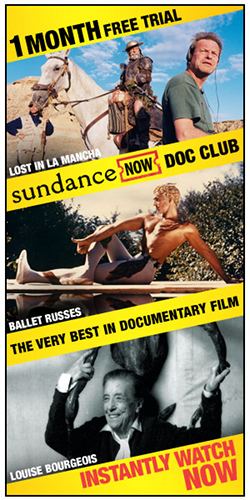Review: A Dangerous Method (2011)
David Cronenberg found his niche in the late 70s with body horror. His mutilation and mutation of characters was perfected well into the 90s, leaving a trail of classic films such as Shivers (1975), The Brood (1979), Videodrome (1983), and Crash (1996). His latest features have departed from his earlier forays, replacing his gory masterpieces with explorations of psychological territories. One can even postulate that he continues his exploration of the body by focusing on the mind, which is exactly what he does in his latest feature, A Dangerous Method (2011).
The trailers and advertisements erroneously advertise the film as more of a torrid romance than a psychological drama. They tend to suggest that the film primarily focuses on the relationship between Carl Jung (Michael Fassbender) and Sabina Spielrein (played magnificently by Keira Knightly), which is not the case at all. A Dangerous Method is an account of Carl Jung’s (Michael Fassbender) encounters with Spielrein (with whom he would have a sadomasochistic affair) and with Sigmund Freud (Viggo Mortensen), whose own hubris would complicate his relationship with Jung. The film weaves in and out of the relationship between Spielrein and Jung, using it sparingly in order to complicate his life and his work. At times, it is even used as a decoy, standing in for Jung’s relationship with Freud and complicating their ties to one another. These relationships unfold over the course of an hour and a half, revealing that the connections Jung had with these two people would impact both himself as well as his theories pertaining to modern psychology.
The actors play their characters well, but none does a better job than Knightly. Her interpretation of Spielrein echoes the performances of Isabelle Adjani in The Story of Adèle H (Francois Truffaut, 1975), Possession (Andrzej Zulawski, 1981), and Camille Claudel (Bruno Nuytten, 1988). Knightly pushes herself toward unknown boundaries and delivers a beautiful, and often times frightening, performance. Countering her hysterical madness is the levelheaded Fassbender, whose performance as Jung is neither here nor there. Though he looks dashing in period-attire, his mannerisms, actions, and delivery of lines leave little to be admired. The only moment when he breaks his levelheadedness and truly tackles the emotions of his character comes toward the end of the film. By this point, it is too late to feel anything for Jung.
Cronenberg meticulously crafts A Dangerous Method as a film about social relationships rather than erotic entanglements. Because the characters are aware of the psychological implications of their actions, it makes this film all the more intriguing to watch. They realize why they act the way they act, yet they cannot save themselves from continuing to make the same decisions over and over again. They let themselves fall into their own man-made traps, and as a result, they must reap the consequences of their decisions.
Yet A Dangerous Method is not a solely a film about the consequences of actions, but rather it is about all the elements that go into making that action. Every action has a desire or impulse behind it. It is those desires and impulses that drive this film and keep the audience intrigued till the very end. Though Cronenberg decides to cut his ties to his gory body-horror films, the death and destruction that was laid waste by his filmography gave birth to a to a different kind of obsession. A Dangerous Method is not Cronenberg’s best film, but hopefully this exploration will lead Cronenberg towards a similar perfection that he achieved with his host of mutilated bodies.
-
http://www.unsungfilms.com/ Georgia Xanthopoulou

















 Review: Blood of My Blood (2011)
Review: Blood of My Blood (2011) Review: Damsels in Distress (2011)
Review: Damsels in Distress (2011) DVD Review: My Perestroika (2010)
DVD Review: My Perestroika (2010)

